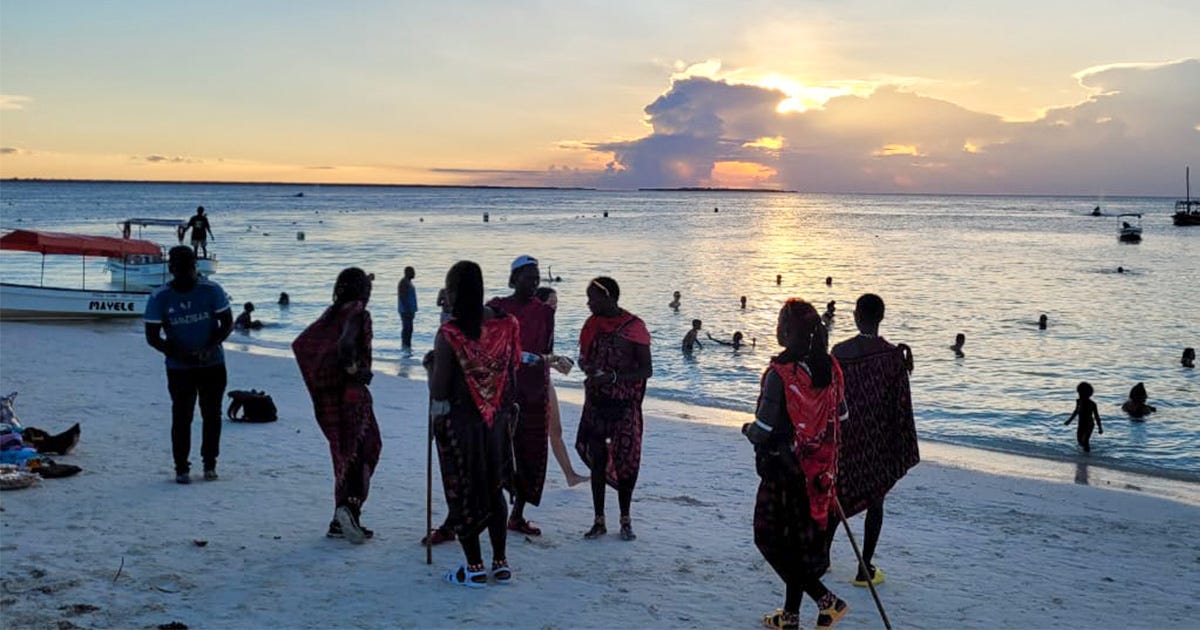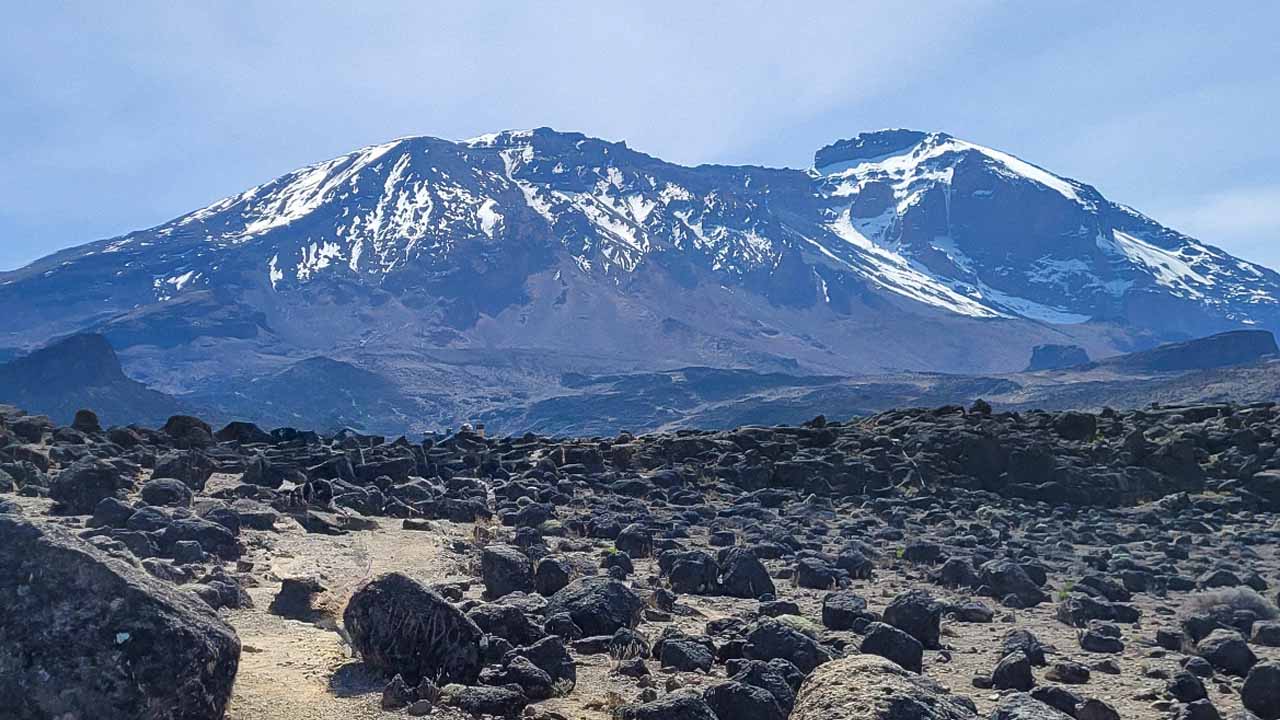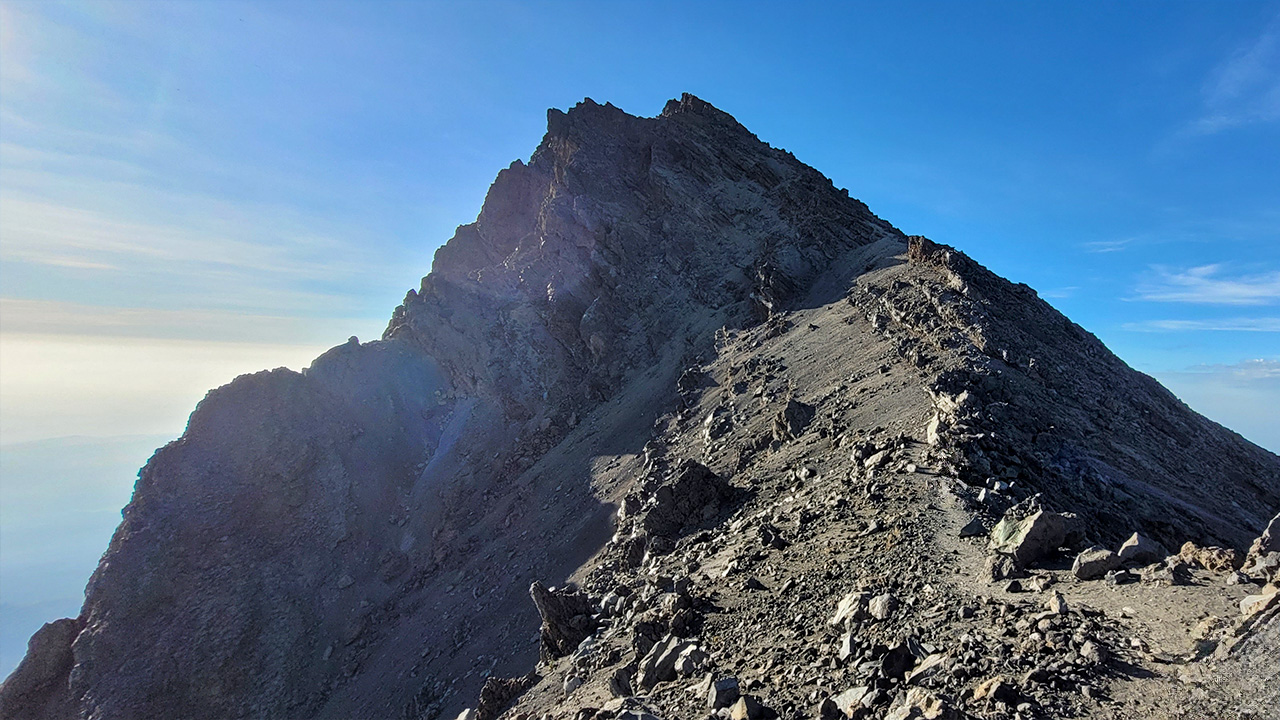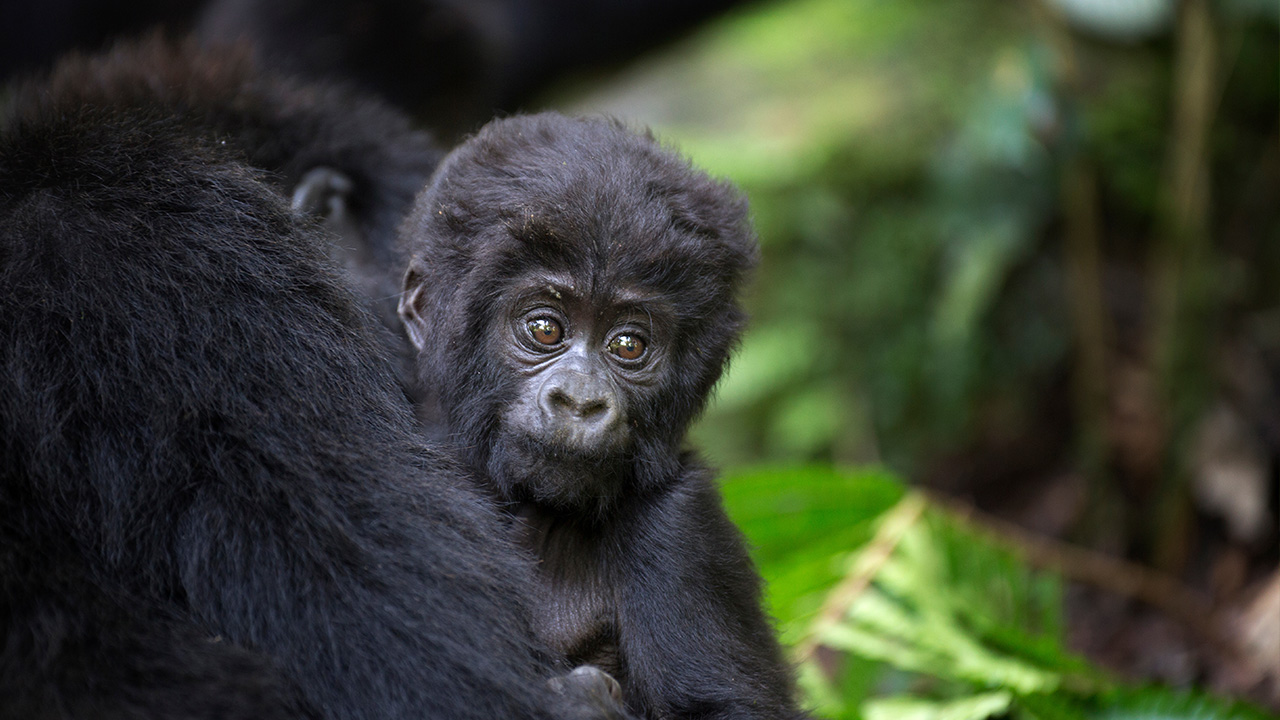
Gorilla trekking is a guided expedition into the jungle of Africa to see mountain gorillas in the wild. It’s done in small groups and involves hiking through challenging terrain.
Meeting face-to-face with the gorillas is one of the most breathtaking and unforgettable experiences for many, but planning it is challenging. Here’s what you need to know to make your experience unforgettable.
How does it work?
The hiking starts early morning, and you arrive at the national park to be briefed about the gorilla family you’re trekking. You’ll be accompanied by a guide and a team of rangers.
The guide provides valuable information throughout the journey and communicates with the tracking rangers following the gorillas’ movements. This communication is vital for determining how far away the gorilla family is and guiding you along the path to them.
The rangers have two primary responsibilities. First, a subset of rangers begins tracking ahead of your group to locate the gorilla family early. You’ll join these rangers once the gorillas are found. The second group of rangers ensures your safety from potential wildlife encounters during the trek.
What to Expect?
The total time for a gorilla trek typically ranges from 1 to 6 hours. This duration depends on various factors, including where the gorillas were last seen, their location, and the hiker’s fitness level.
- Group Size: Trekking groups are kept small, usually with a maximum of 8 people.
- Time with Gorillas: Once you locate the gorillas, you will have one hour to observe them. During this time, you can take photos and videos.
- Early Start: Gorilla trekking typically begins at dawn. Considering the hike’s variable duration and potential challenges, it allows enough time for the trek and the encounter.
- High Altitude: As you’re trekking with mountain gorillas, it often occurs at high altitudes, which can be physically demanding. The higher elevation may affect breathing and overall stamina.
- Wear a Mask: To protect the gorillas, wearing a mask during the trek is mandatory. Gorillas are susceptible to human diseases, so wearing a mask helps minimize the risk of transmitting any illnesses to them.
- Be Prepared for Movement: The gorillas may be on the move or in less accessible locations. This means your trek might involve navigating challenging terrain or longer distances to find them.
- Certificate of Completion: After your trek, you’ll receive a certificate acknowledging your participation in gorilla trekking.
Is Gorilla Trekking Safe?
Yes, gorilla trekking is generally safe if you follow some essential rules and go with experienced guides. These rules are in place to keep both you and the gorillas safe.
Here’s what you need to remember:
- Always listen to your guide.
- Stay at least 7 meters away from the gorillas.
- Be humble, quiet, and gentle.
- Never touch the gorillas, even if they approach you.
- Don’t use flash when taking photos or videos.
- Don’t eat or drink near the gorillas.
- Don’t do unpredictable movements, such as pointing to them fast.
Usually, you’ll find the gorilla group spread out in an area with lots of plants and trees. They’ll be doing their own thing, not bothered by people watching them. But they will be keeping an eye on you!
Sometimes, a curious young gorilla might come close to check you out. If that happens, stay calm and follow your guide’s instructions. Wildlife is unpredictable. The gorillas might charge at you if they feel scared or think you’re in the way of their food or babies.
Best Time to Go
The dry seasons, from June to September and December to February, are the best times. Trails are less muddy! However, permits are in high demand during these months, so book them beforehand.
Where Can You Go Gorilla Trekking?
Mountain gorillas can be observed in their natural habitats across Rwanda, Uganda, and the Democratic Republic of Congo, each offering unique experiences.
Several factors affect decision-making when choosing where to trek mountain gorillas. While the price of a gorilla permit is probably the most important, we should look at other factors: accessibility, the number of habituated gorilla families, accommodation options, safety, and other activities to do.
Be aware that details like permit costs are subject to change. Always verify this information on the official websites for the latest updates.
Uganda
Trekking gorillas in Uganda mainly happens in Bwindi Impenetrable National Park and, to a lesser extent, in Mount Mgahinga Gorilla National Park.
The country is home to about half of the world’s remaining mountain gorillas, about 400. There are 17 Gorilla groups to trek, with 15 in Bwindi and 2 in Mgahinga National Park. The cost for a trekking permit is $700 per person.
Uganda also offers a Gorilla Habituation experience, allowing longer interaction time, usually four hours, with the gorillas than the standard trekking. Habituation is a process where wild gorillas get used to the presence of humans. This experience costs $1500 per person.
Bwindi can be achieved either by air or road. You can fly there on domestic flights from Entebbe or Kampala. Driving from Kampala can take up to 9 hours, as the road conditions are not good. It’s a long drive and is usually combined with other activities in the country.
Access to Bwindi Impenetrable National Park is possible through air or road travel. Domestic flights from Entebbe or Kampala can take you there. Alternatively, if you drive from Kampala, the journey might take around 9 to 10 hours due to challenging road conditions. The long drive is often combined with other activities within the country.
However, most visitors who want to enjoy gorilla trekking in Uganda usually fly into Kigali and drive 4 hours to Bwindi, which is much easier.
Rwanda
Trekking gorillas in Rwanda happens in Vulcanos National Park. The short distance from Kigali to the national park gives Rwanda the most significant advantage over the other two countries.
Volcanoes National Park is home to about 150 habituated gorillas, which are divided into 12 groups and many others that are wild. And every day, 96 gorilla trekking permits are issued to visitors.
The permit is the highest between the countries, costing $1500 per person. The country is very safe, and the national park is accessible, from 2 to 3 hours from the Kigali International Airport, making it an easy option for tourists who are not on a budget and need to be more efficient with time.
Democratic Republic of Congo
Trekking gorillas in DRC happens in Virunga National Park, known for its unique landscape, including active volcanoes. The most common way to get there is to fly to Kigali and then drive to Goma, which takes about 3 hours.
The park has about 6 known gorilla families. Due to regional instabilities, detailed information on individual numbers is not readily available.
The trekking permit here is the most affordable at $400 per person. However, potential trekkers should be aware of safety concerns in the DRC. We recommend traveling with a tour company familiar with the region for added safety, as you may need to be accompanied by armed escorts.
How to Book Your Gorilla Trekking Experience
After choosing where to go, look for available trekking permits on the official websites. You can get a permit on your own, but it’s better to use a tour company. They will manage your accommodation, transportation (especially as roads to most of the national parks are challenging), and ensure permit availability.
I’m not suggesting a specific tour operator because the actual trekking experience is led by national park guides and is the same for all tourists.
What To Wear?
As gorilla trekking is a hiking experience, wearing long-sleeved shirts and trousers, solid hiking boots, and a lightweight waterproof jacket is recommended in case of rain.
Also, bring something to eat and drink during the hiking trail. If you’re afraid of the difficulty, you can hire a porter to carry it and help you with the terrain.
My Gorilla Trekking Experience
After extensive research, I chose Bwindi for my gorilla trekking experience. I was based in Kigali and was planning to visit Vulcanos National Park, which is on the way to Uganda. Fortunately, my East Africa Tourist Visa facilitated border crossing, and the permit cost was more budget-friendly. Moreover, I wanted to explore Uganda, making it irresistible, and I have no regrets about that decision!
Additionally, when I was exploring tour options for both Volcanoes National Park and gorilla trekking, many tour operators recommended Uganda as the more cost-effective choice.
However, it’s worth noting that the road conditions in Uganda were challenging, especially with the rain and mud. While not ideal, the country’s beauty more than made up for it, and I thoroughly enjoyed my time there.

The encounter with the gorillas was surreal, almost dreamlike, and beyond words. As for the trek, it lasted only about 3 to 4 hours in total. As a hiking enthusiast, I secretly wished for a more extended, challenging experience.
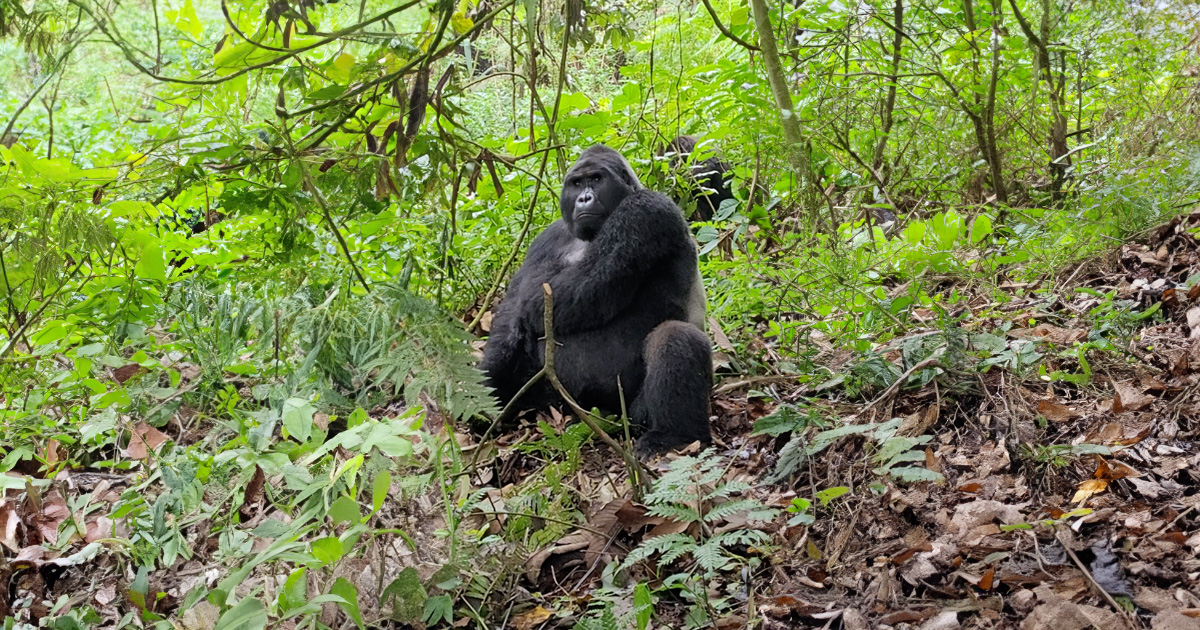
Even though the path was steep, our group’s slow pace made it less strenuous than anticipated. I must mention that a couple in our group, not being as fit, found it quite challenging. But for me, the breathtaking scenery and the friendship I formed with whom I chatted throughout, made the time pass pleasantly.

Is Gorilla Trekking Worth the Experience and Cost?
For those who are passionate about nature and aren’t constrained by budget, there’s no reason not to embark on this adventure! I’m even considering doing this again with some friends. However, it’s important to note that it is costly. There are no proper budget-friendly options, so I would hesitate to recommend it over other experiences that might offer more value for the same investment.
Share This Article
What to read next
Disclaimer: This post may include affiliate links. We may receive a commission at no extra cost to you if you click one of them. Thank you for your support!
